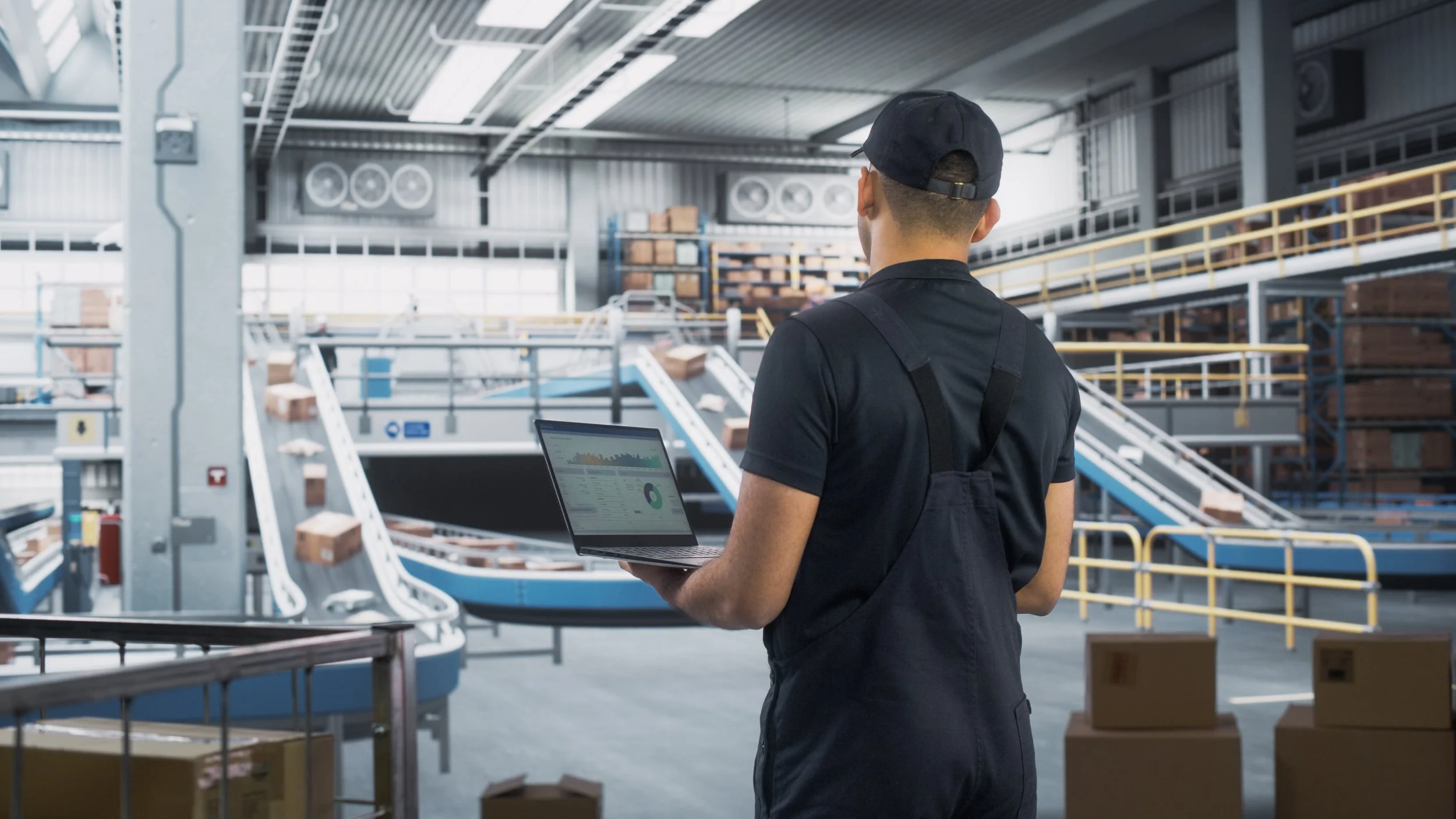The Cost of Inaction in Australian Retail Supply Chains: Why ‘Good Enough’ No Longer Cuts it
Written by Raghav Sibal, Managing Director for Australia & New Zealand at Manhattan Associates
In Australia’s retail sector, doing nothing is no longer a safe option. In fact, when it comes to supply chains, sticking with what’s always worked could now be costing more than making a change.
Retailers are facing a tough climate with higher customer expectations, tighter margins, ongoing supply chain disruptions, and the constant pressure to deliver better, faster, cheaper. Yet many are still relying on ageing systems and outdated processes. They might not be crashing, but they’re holding businesses back. And that’s becoming an expensive problem.
The idea that you can wait to modernise until something “breaks” doesn’t hold up anymore. The cracks are already showing in slower fulfilment, rising logistics costs, missed sales, and customers who don’t come back. As retail becomes more connected and competitive, “just functioning” isn’t enough. If your supply chain isn’t keeping up, it’s dragging everything else down with it.
Recent data helps quantify the cost of this inaction. The Unified Commerce Benchmark for Specialty Retail in Australia, produced by Incisiv in partnership with Manhattan Associates, looked at 29 leading retailers across the country. It split them into categories based on how well they’re delivering connected, customer-focused experiences. The difference between the top and the bottom is stark.
Retailers classed as “Leaders” in unified commerce, those with strong integration across digital and physical channels, are growing revenue at two to three times the pace of their peers. They’re also converting more shoppers and keeping customers coming back. On the other end of the spectrum, the “Challengers”, retailers slower to adapt, are struggling to deliver the experiences modern shoppers expect.
It’s not just about brand perception or customer loyalty. The financial gap is real. For every billion dollars in annual revenue, moving from Challenger to Leader status could unlock an additional A$17 million. That’s a huge upside and a clear sign that the cost of standing still adds up fast.
So, What’s Getting in the Way?
In many cases, it’s not a lack of intent, it’s a lack of alignment. Retailers might be investing in digital or launching new sales channels, but if their systems don’t talk to each other, or their supply chain can’t flex to match demand, it creates friction. This results in disconnected experiences, frustrated customers, and missed opportunities.
Meanwhile, today’s shoppers aren’t just looking for convenience. They expect visibility, choice, and values that align with their own. The benchmark report found that 83% of Australian consumers prefer retailers that offer integrated online and in-store experiences. More than half (53%) value brands that are both culturally aware and compliant with local regulations. Sustainability is now a baseline expectation, not a bonus, with many customers willing to pay more for products that are ethically sourced and environmentally friendly.
Retailers who don’t offer transparency on things like product origin or delivery timelines are increasingly at risk of being left behind. The pressure is on to offer not just speed, but a better, more thoughtful experience.
The research also showed a noticeable gap in what it calls “differentiating experiences”, things like real-time inventory visibility, split shipments, or flexible pick-up options. These aren’t fringe features. For leading retailers, they’re business as usual. For others, they remain out of reach.
But it’s not impossible to close the gap. Brands like Officeworks, Cotton On, and Bunnings have shown what’s possible when you treat unified commerce as a long-term strategy, not a one-off project. These businesses have put in the work to connect their operations, align teams around customer outcomes, and build systems that can flex with demand.
Where Does That Leave Supply Chain Professionals?
The next move is theirs. If retailers want to meet growing customer expectations while keeping costs in check, the supply chain can’t be left playing catch-up. It needs to be the engine room of transformation. That means rethinking outdated systems, investing in platforms that scale, and making smarter, faster decisions powered by real-time data.
Tools like AI and automation can now forecast demand more accurately, reduce waste, and streamline fulfilment. Cloud-based platforms make it easier to manage stock, orders, and returns across multiple channels. The technology exists and the business case is clearer than ever.
But adopting these tools isn’t simply a technical upgrade. It’s a mindset shift. Transformation needs buy-in across the business, and it needs to be viewed as a long-term investment, not a one-off cost. The goal isn’t just to improve efficiency. It’s to build resilience, adapt faster, and earn customer loyalty in a market where expectations won’t stop rising.
Australia’s retail environment is unique with vast distances, a diverse customer base, and complex regulations make logistics challenging. But that’s exactly why unified commerce matters. When done right, it helps retailers cut through the complexity, serve customers more consistently, and set themselves apart from the competition.
The bottom line? The longer you wait, the harder and more expensive it gets to catch up. Leaders are already pulling ahead. And in a landscape this competitive, that gap can turn into a gulf quickly.
The cost of doing nothing is no longer just theoretical. It’s showing up in the numbers. And it’s only going to grow.
For more information on how unified commerce can strengthen your supply chain and improve customer experience, visit https://www.manh.com/

